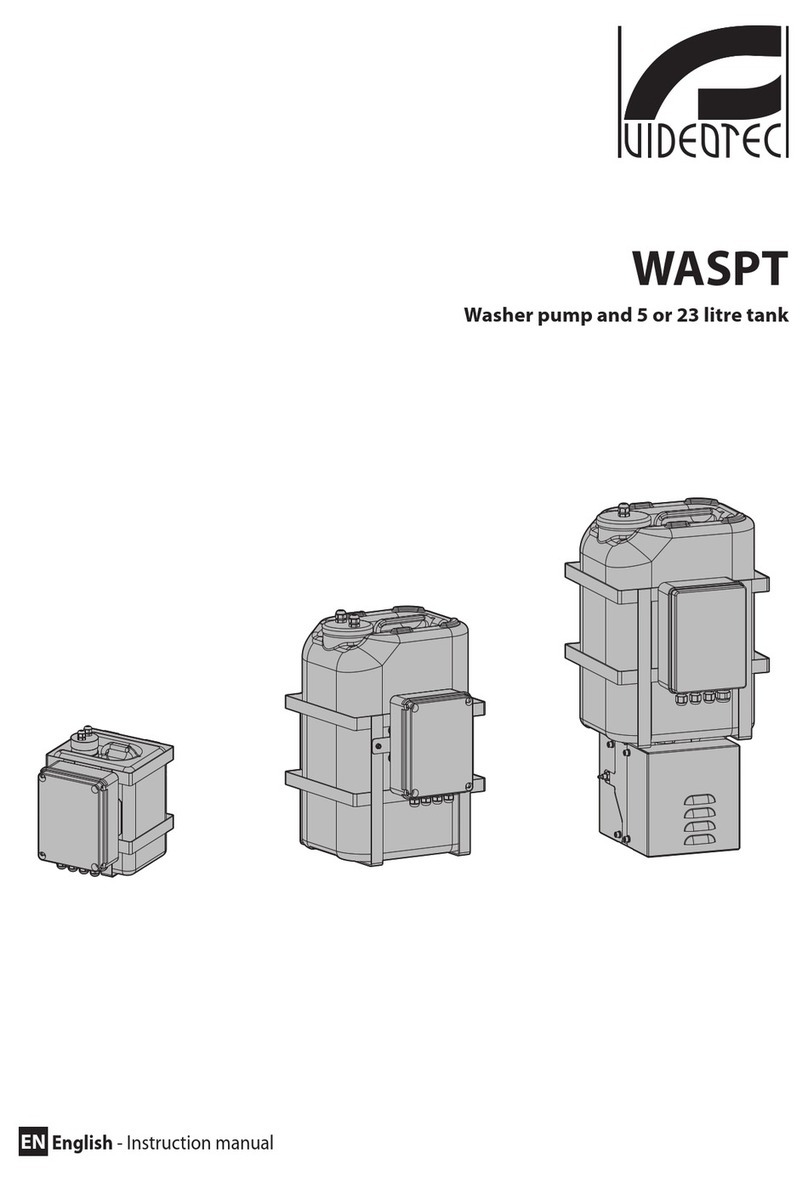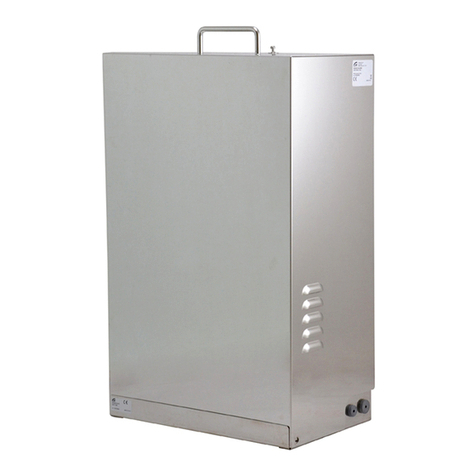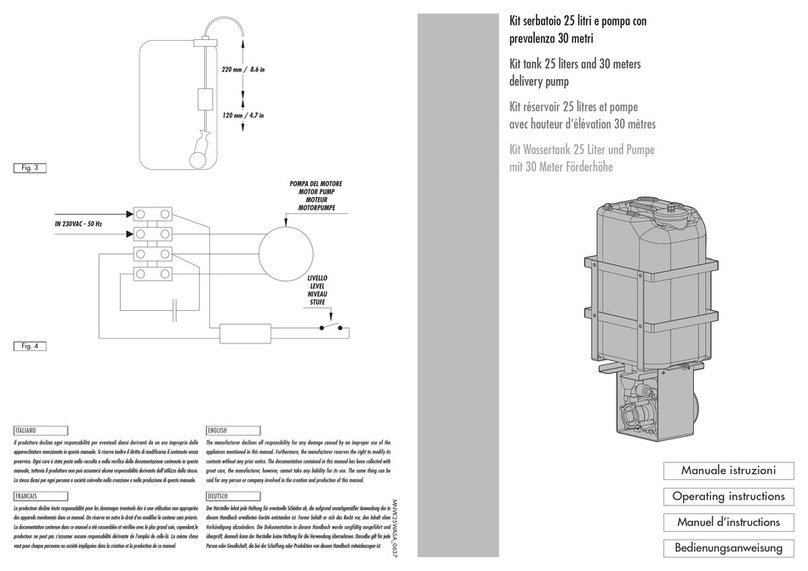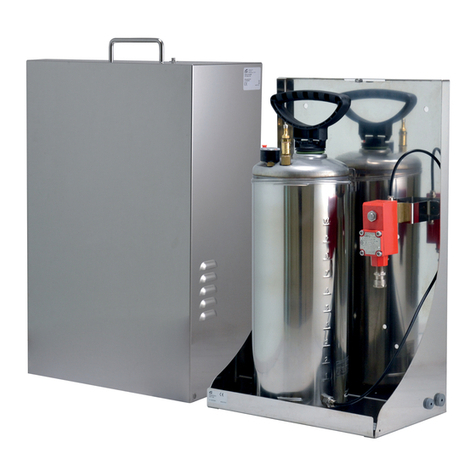
EN - English - Instruction manual
4 MNVCWASNX_1915_EN
• When installing the devices make sure the system
and installer personnel are absolutely safe.
• Choose an installation site that is strong enough
to sustain the weight of the device, also bearing
in mind particular environmental aspects, such as
exposure to strong winds.
• We strongly recommend using only approved
brackets and accessories during installation.
• Installation category (also called Overvoltage
Category) species the level of mains voltage
surges that the equipment will be subjected to.
The category depends upon the location of the
equipment, and on any surge voltage protection
provided. Equipment in an industrial environment,
directly connected to major feeders/short branch
circuits, is subjected to Installation Category
III. If this is the case, a reduction to Installation
Category II is required. This can be achieved by
use of an insulating transformer with an earthed
screen between primary and secondary windings,
or by tting UL listed Surge Protective Devices
(SPDs) from live to neutral and from neutral to
earth. Listed SPDs shall be designed for repeated
limiting of transient voltage surges and the
following rated operation conditions: Type 2 (SPDs
permanently connected to the power network and
intended for installation on the load side of the
service equipment); Nominal Discharge Current
(In) 20kA min. For example: FERRAZ SHAWMUT,
STT2240SPG-CN, STT2BL240SPG-CN rated
120Vac/240Vac, (In=20kA). Maximum distance
between installation and reduction is 5m.
• The manufacturer declines all responsibility
for any damage caused by an improper use
of the appliances mentioned in this manual.
Furthermore, the manufacturer reserves the right
to modify its contents without any prior notice.
The documentation contained in this manual has
been collected and veried with great care. The
manufacturer, however, cannot take any liability
for its use. The same thing can be said for any
person or company involved in the creation and
production of this manual.
• This device was designed to be permanently
secured and connected on a building or on a
suitable structure. The device must be permanently
secured and connected before any operation.
• Since the user is responsible for choosing the
surface to which the device is to be anchored,
we do not supply screws for attaching the device
rmly to the particular surface. The installer is
responsible for choosing screws suitable for the
specic purpose on hand.
• Before starting any operation, make sure the
power supply is disconnected.
• A power disconnect device must be included
in the electrical installation, and it must be very
quickly recognizable and operated if needed.
• Equipment intended for installation in Restricted
Access Location performed by specialist technical
sta.
• Make sure that the connected devices are
completely compatible and suitable for use.
• Make sure the operating temperatures are
compatible with the devices.
• Any change that is not expressly approved by the
manufacturer will invalidate the guarantee.
































